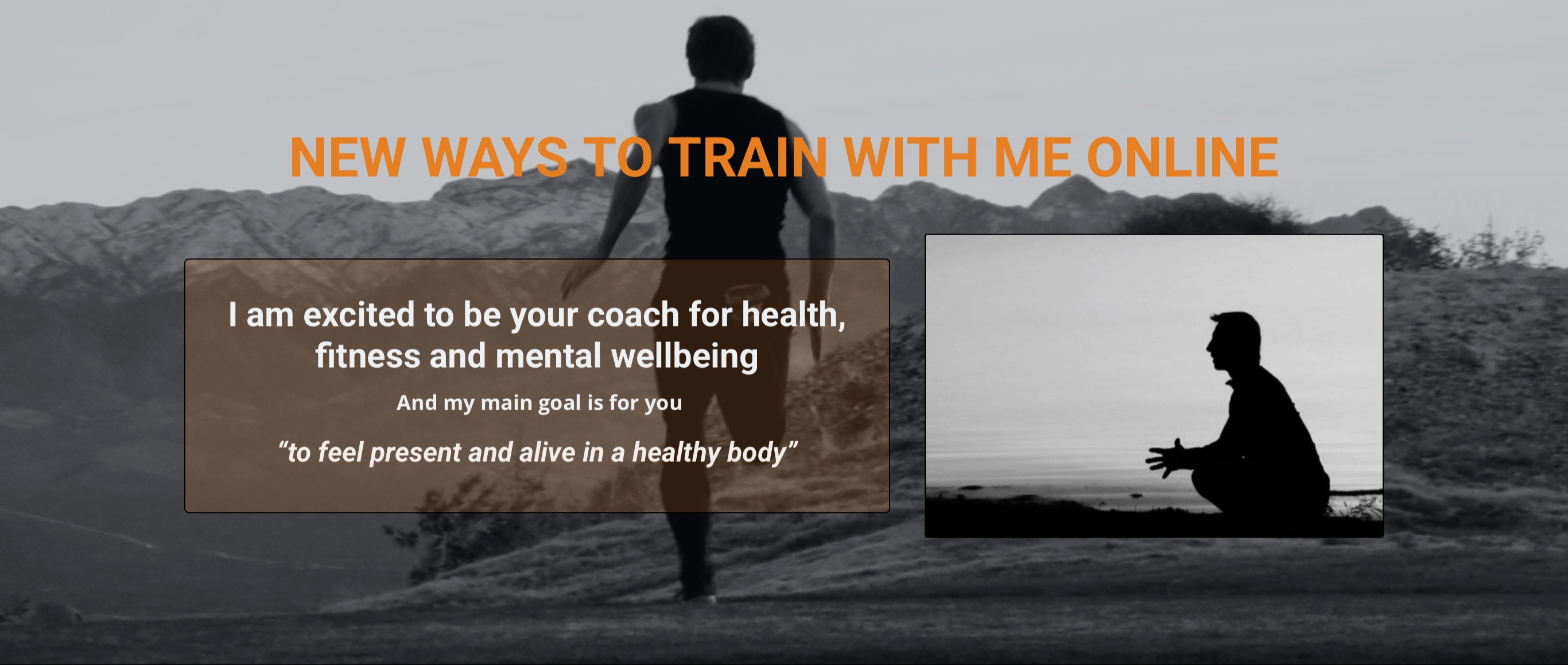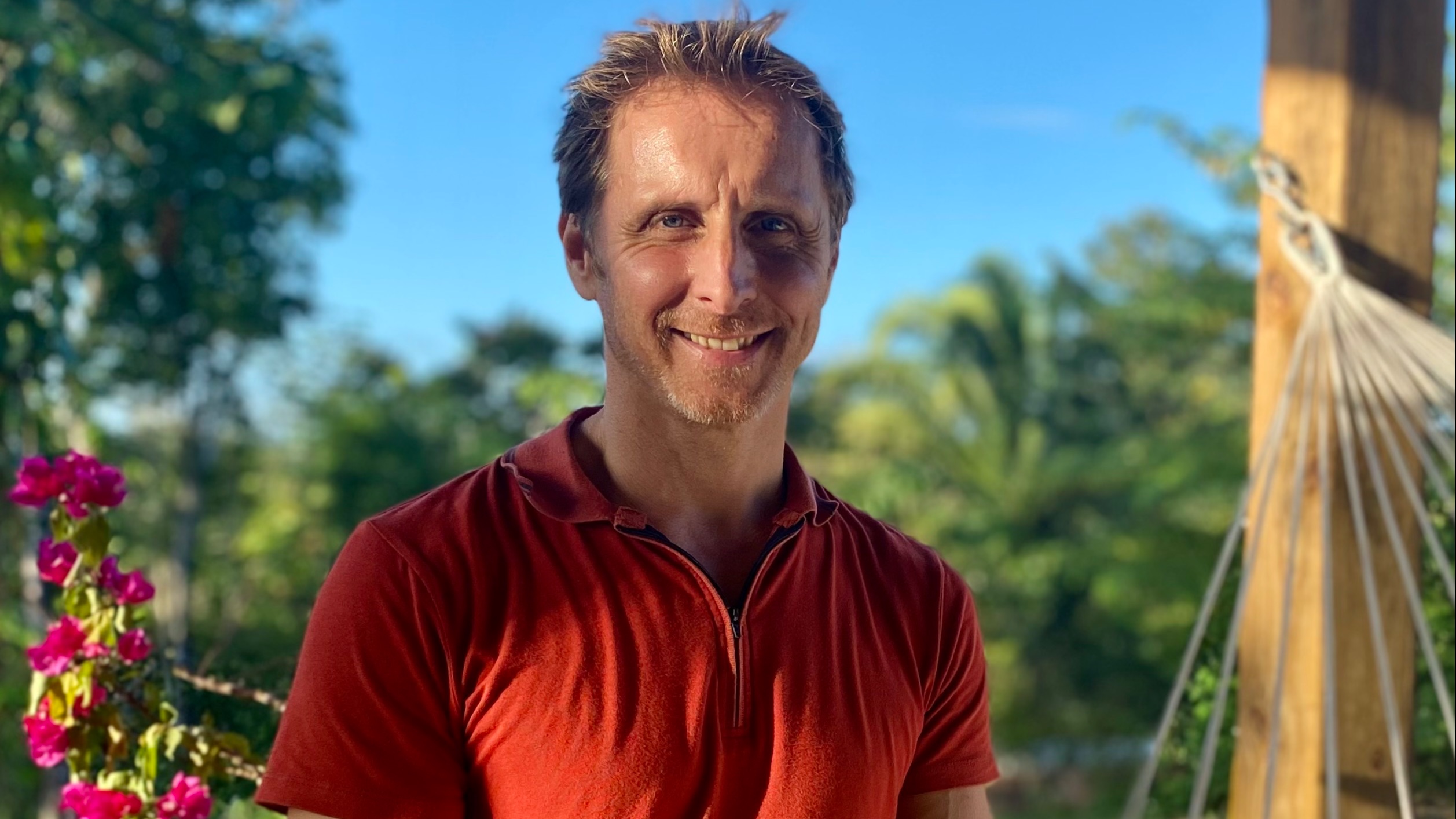Tips for injury prevention

For safety and success with exercise, there needs to be a match of what the mind thinks is possible and the body’s actual capacity. One could easily outdo the other!
There are many ways that you can pick up an injury. Some are more acute and often unexpected whereas others are more chronic and caused by a repetitive motion with poor body mechanics.
In both cases, a heightened sense body awareness is always the number one prevention strategy.
But there is a close second, and that’s about keeping your body honed and challenged with regular resistance training. Why? Because it builds:
- Strength
- Balance
- Movement confidence
- Joint resiliency
- And of course it boosts metabolism like nothing else!
Furthermore, with extra muscle mass and less adipose, if you do get injured, sick or have a surgery, you’re more likely to bounce back better and quicker.
Muscle really is your best health pension; so keep building and storing… it can only serve you.
Are you setting yourself up injury?
We need to be sure that the exercise/sports/workouts that we frequent are not perpetuating a niggling ache that left unchecked could lead to a more significant injury.
For those who enjoy high intensity and high self challenging exercise as much as I do, you have to ask yourself something. “Is the trade off worth it”? That trade off is between the mental comfort/mind freedom/achievement/stress relief that you get from your sessions verses the physical stress and inflammation that your body receives.
E.g. for me, a karate lesson often left me so battered and bruised that seven days later I hadn’t fully recovered for the next lesson. Mentally though I felt great…. clear, focused and had more confidence in life. However, after a few injuries started to take too long to heal, I did decided to pare back on group classes and focus on my own training. So, for a long time the trade off was worth it and maybe my bones and constitution are stronger today because of it? However, I did have to listen to my body and know when enough was enough.
Another example is those who do and maybe crave long distance exercise such as two to three hour runs or bike rides. The runners high is real and you get to experience flow, self achievement and a great sense of mental well-being. However a major trade off is the risk of repetitive injury and 50% of athletes are injured at some point every season. Also, steady state exercise can actually slow metabolism, leave you exhausted and require an unnatural amount of carb re-feeding.
If this is you, keep doing what nourishes you, but it maybe that some of your sessions could be replaced with resistance training and/or shorter punchy sessions of HIIT.
For me, teaching movement started in the gym
And I completed my first qualification in 1991 with a diploma in Fitness and Exercise studies. The training I learned back then is still with me today.
Although the philosophy, discipline and focus of these Dojiva classes stems from martial arts, the predominant movement coaching comes from the gym world. With good technique, the gym is a great place to build/maintain muscle, a safe place for rehab all the while getting the many physical and mental benefits associated with resistance training.
However, around 25 years ago I switched to more functional exercise with dumb-bells, bands and body-weight exercise (callisthenics). I recommend this way for most, as you get all the gym benefits, plus a greater sense of strength that relates to life and sport (functional movement).
Both paths of course can be over-done and lead to injury
So I recommend that you keep being your own experiment with how often and how hard you train. It’s ok to make changes and the body thrives on variation. And you might discover that you can still get great results with less fatigue and thereby reduce over-training and injury risk.
On a more subtle, day to day level, it can be similar thing with hobbies such as gardening where you regularly over-do it by spending way too long on the weeding or trimming that hedge! Again, there are pluses… the mental accomplishment, a time to let thoughts wander and a beautiful garden. But… how’s the recovery? Are you matching your current self?
Here are a few examples of how to help prevent injury and the build up of tension in daily life:
- That you become sensitive enough to pick up on poor posture when using a computer so that you can interrupt tension before it escalates. You can then pause for a moment to neutralise yourself with gentle exercise and breathing before returning to work with better alignment.
- To use good movement mechanics with any repetitive (and especially one sided) chores/gardening. And, to listen for signs of fatigue so you can pause rather than pushing on through in one go.
- With gait, I want you to start slow so that you have a sound technique that supports good movement mechanics. That way, you’ll finish the walk/hike energised and buoyant, rather than tired and jammed up.
- On long car journeys that you stop regularly to stretch your legs and do a few spine exercises.
- To maximise efficiency, that you see a sports specific coach to help optimise your golf swing, tennis shots, etc.
- That you occasionally take a moment of mindfulness to review if the current intensity of your exercise schedule is appropriate.
- And that you know when to ask for help with something.
Summary
I want you to enjoy your sports, hobbies, activities and movement classes, yet to also have one foot in the ground moving in your natural and authentic way.
And, exercise should never feel like a punishment. From the Dojiva perspective I want you to look forward to training and enjoy the process of presence, body awareness and self care through appropriately measured exercise.
So, there may be nothing you need to stop doing; perhaps just considering replacing something that isn’t serving your body as well as it did historically.
If you are feeling lost, maybe I can be of help with private sessions via Zoom. I can recommend classes, check your technique for good form and help you strike the right intensity to keep fit and strong while reducing the risk of injury.
Thanks for reading
Take care
Danny
To access all Dojiva classes - start the 30 days for £30 offer




